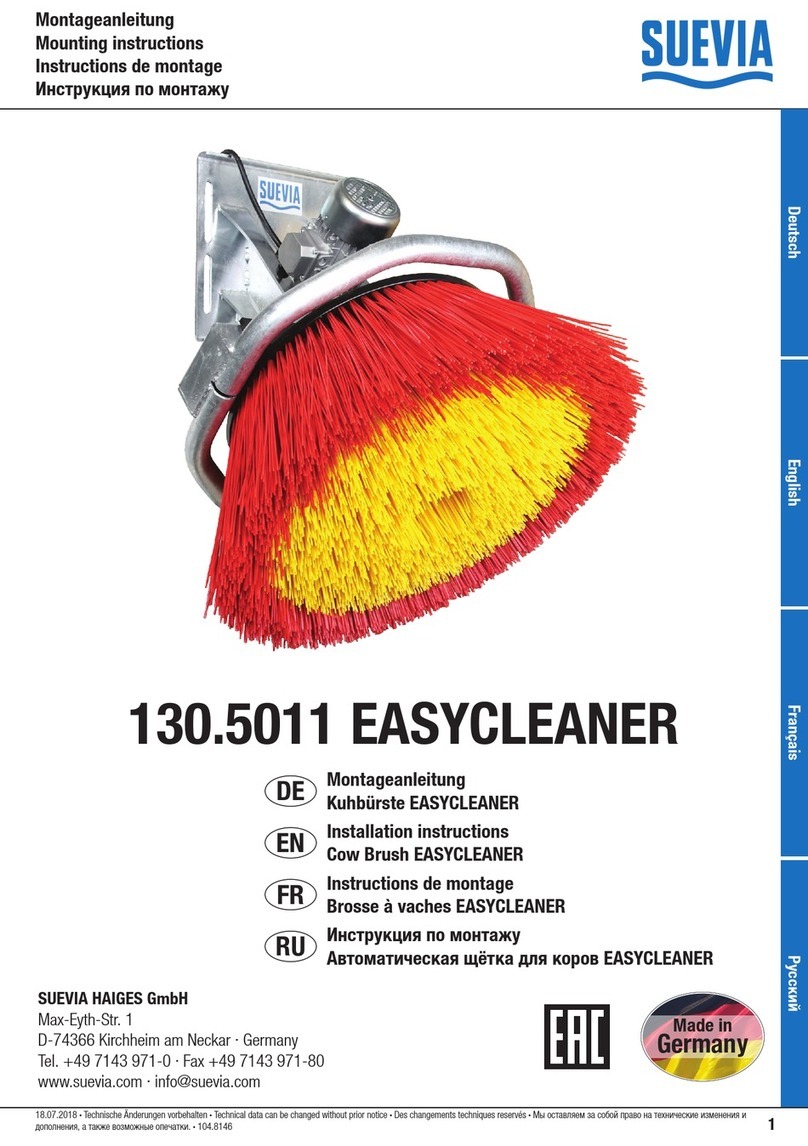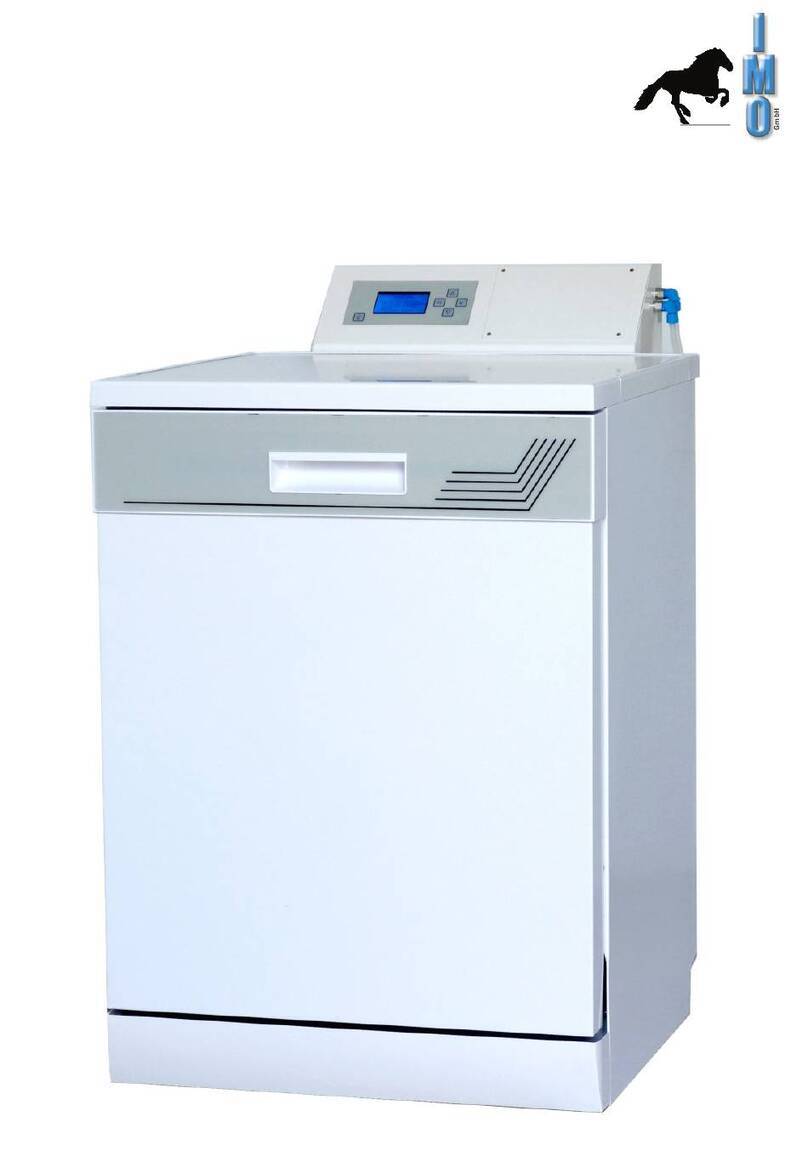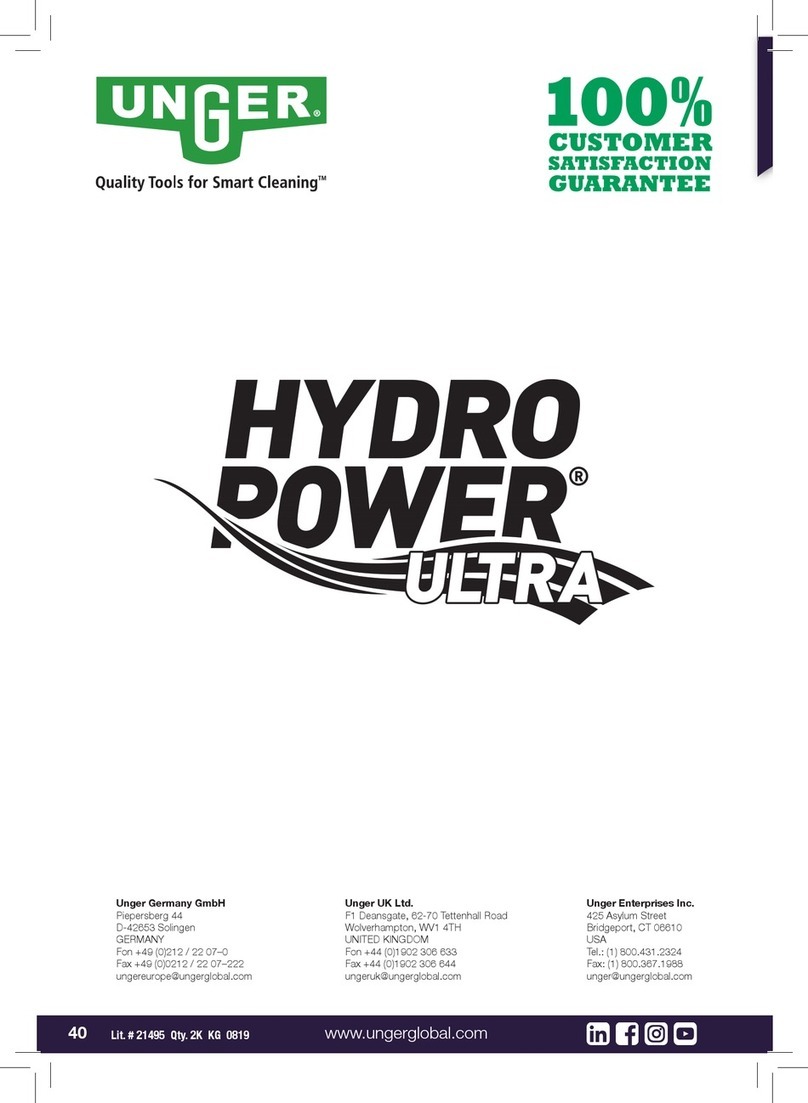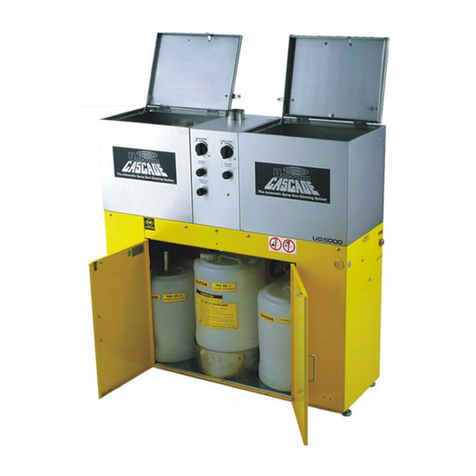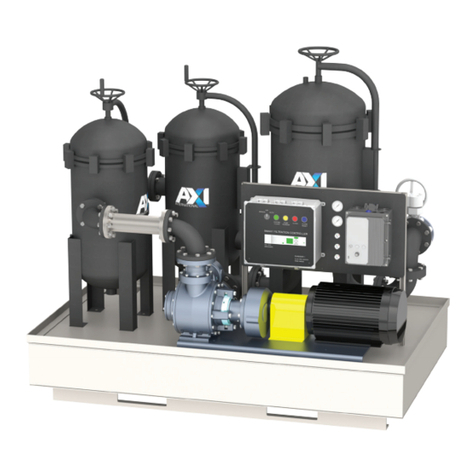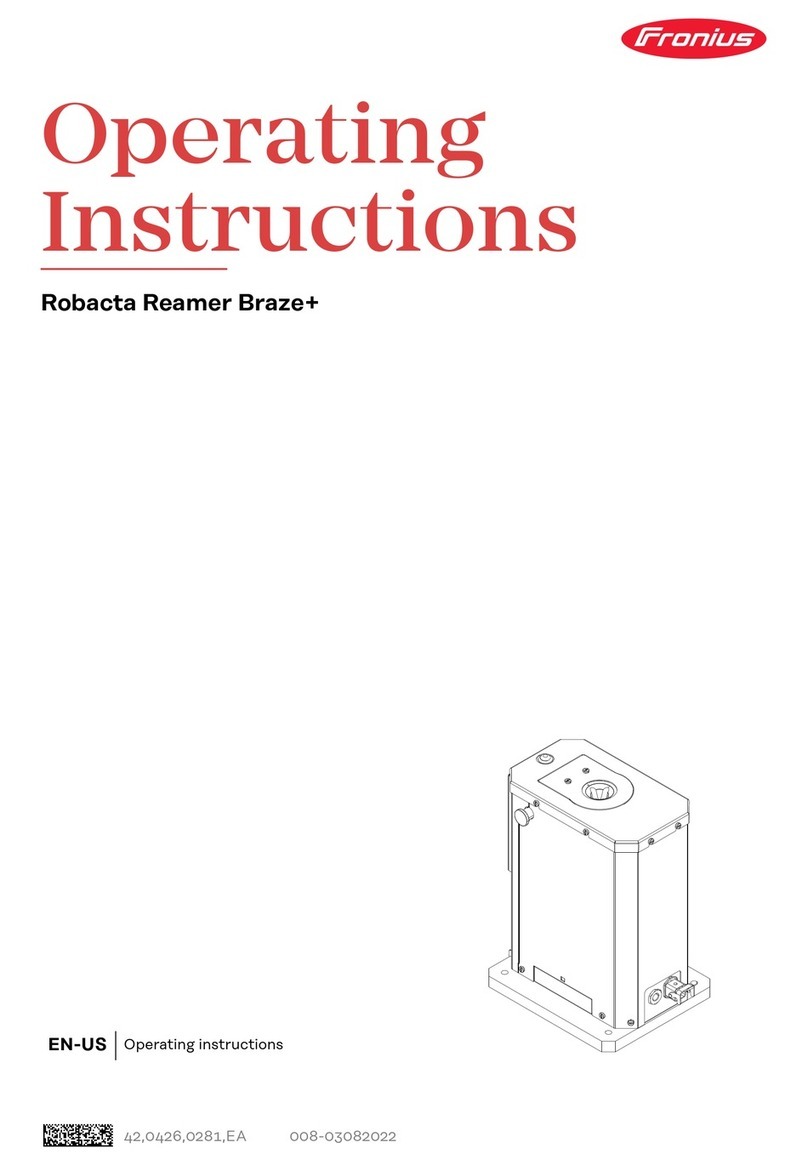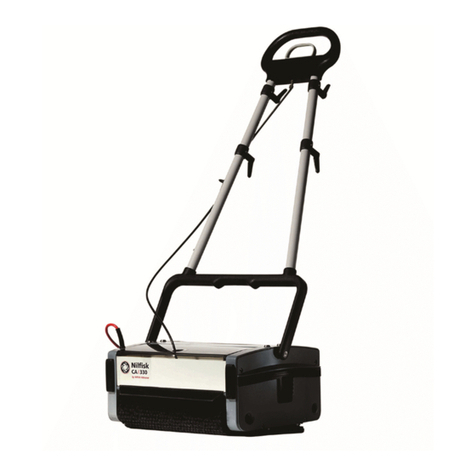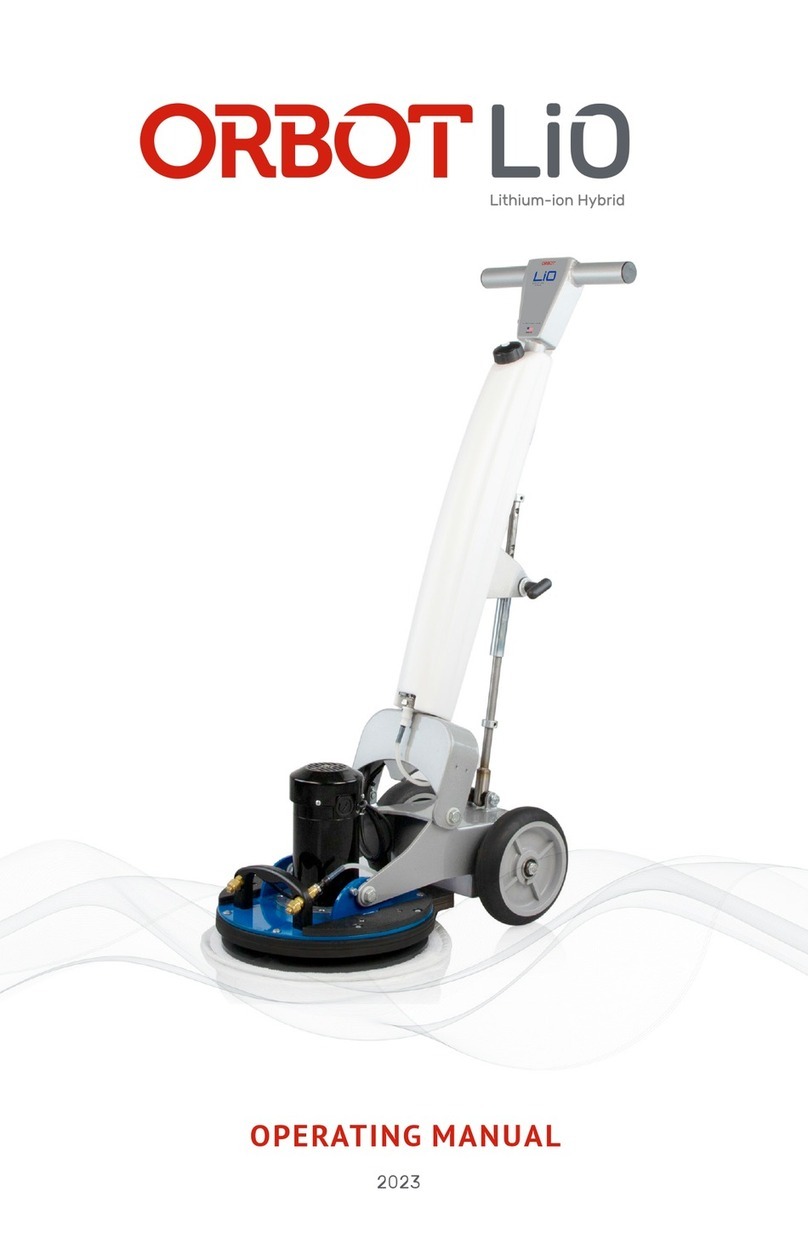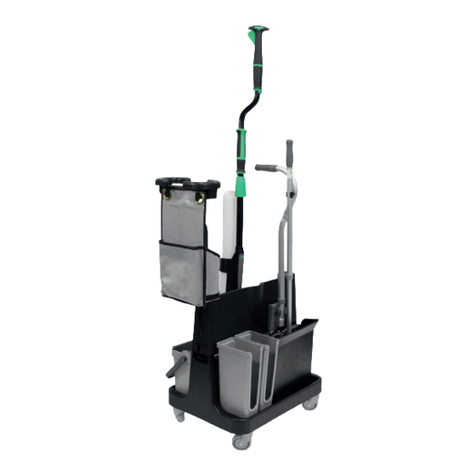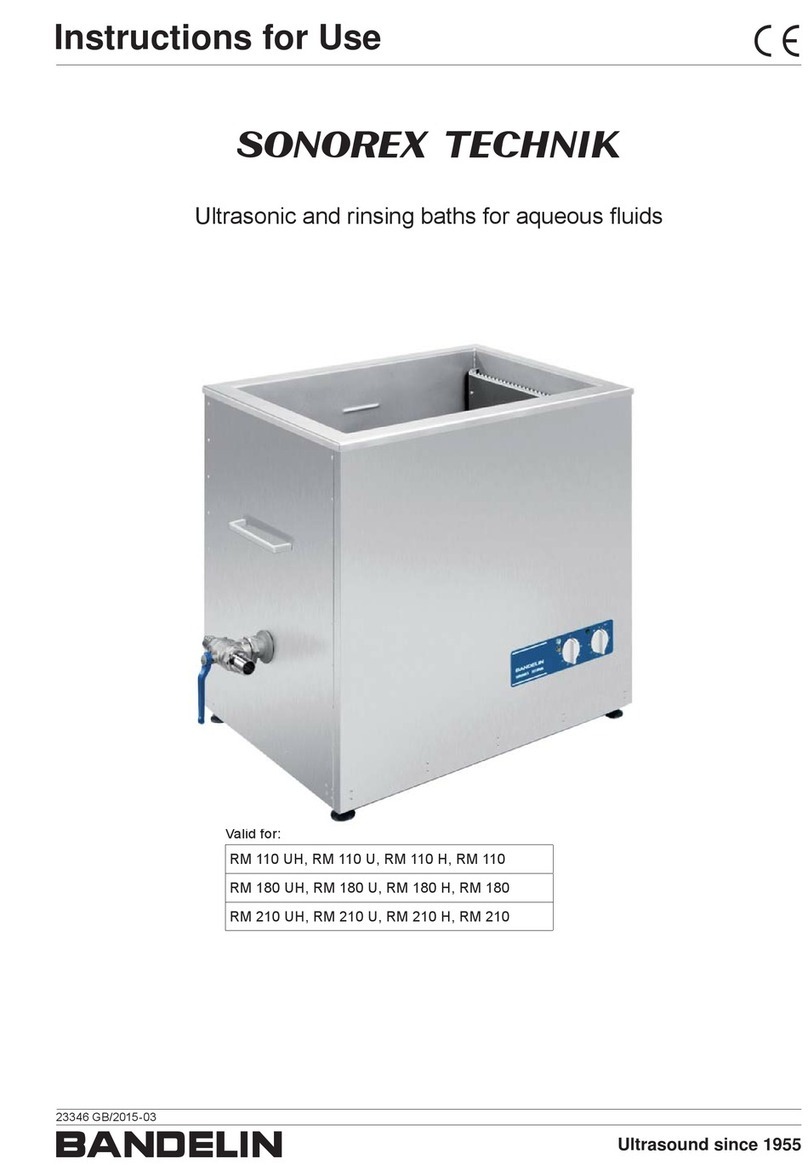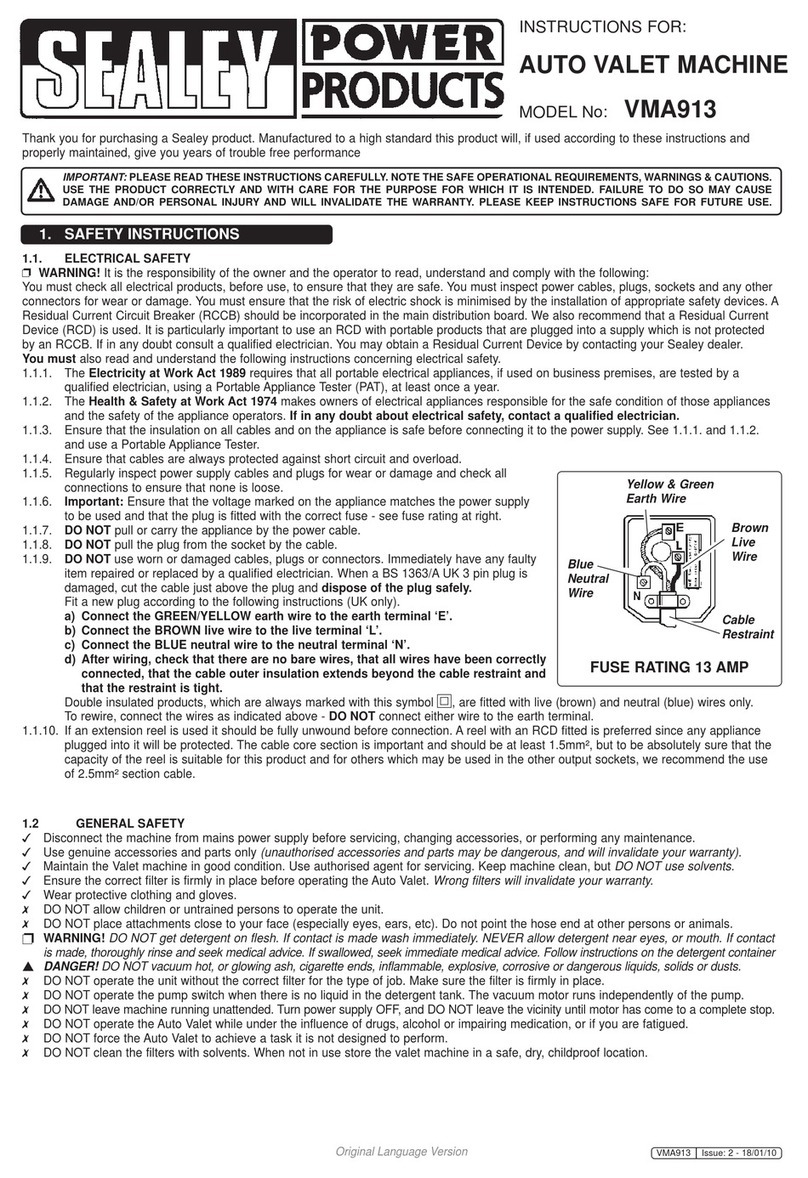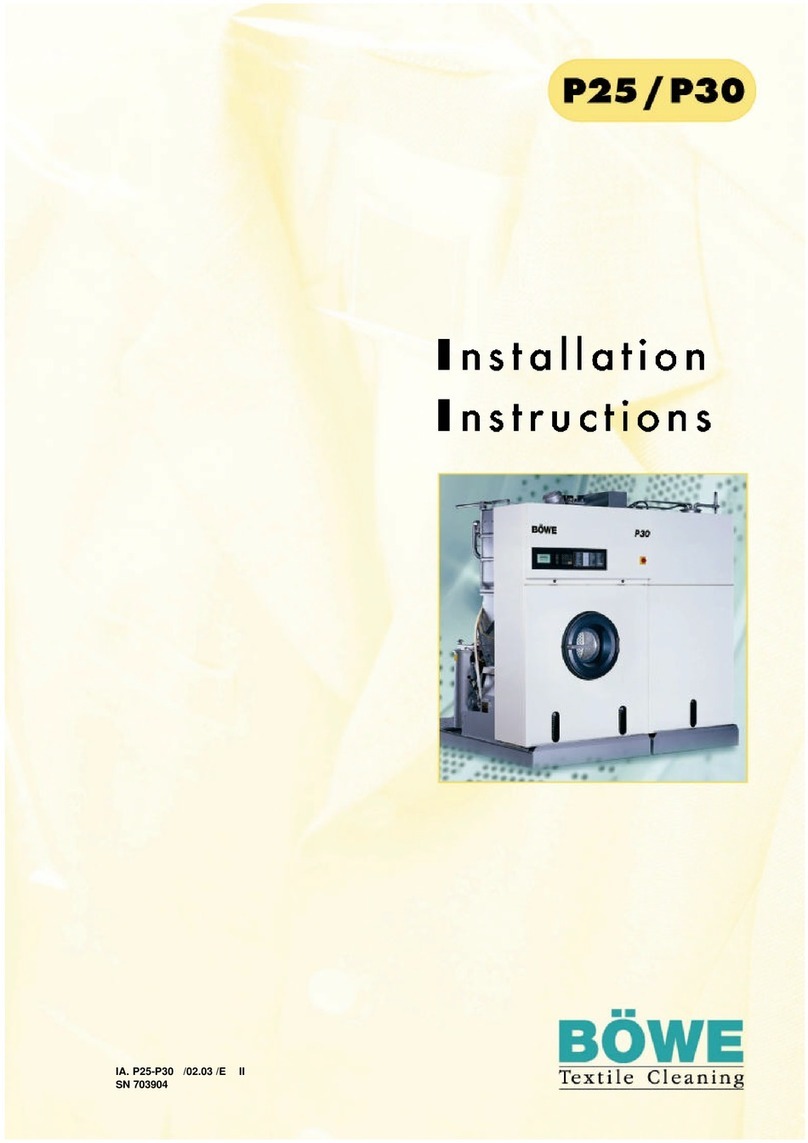
Always integrate the device into a superordinate safety system in a secured area.
If this area has to be accessed for preparatory or maintenance work, ensure that
- the entire system is shut down for the duration of access to this area
- and remains shut down to prevent unintended operation, for example, as a result of
a control error.
If untrained operating personnel have access to the device, the compressed air supply to
the device must be disconnected for the duration of this access in accordance with "Per-
formance Level d" of ISO 13849-1.
In addition to these Operating Instructions, the safety rules of the robot manufacturer
must be followed.
The human body, and in particular the hands, face and hair, plus items of clothing and all
tools, must be kept away from moving components, such as:
- the rotating cleaning head
- the cleaning head that moves up and down
Do not touch the cleaning head immediately after operation – burning hazard. Follow the
special safety rules for handling the cleaning head in the Operating Instructions.
Protect the hands, face, and eyes from flying parts (chips, etc.).
Covers must only be opened/removed during maintenance, installation and repair work.
During operation:
- ensure that all covers are closed and all side parts have been mounted properly,
- keep all covers closed.
Personal Protec-
tion and Protec-
tion of Others
You are exposed to numerous hazards while handling the device. In addition to these
Operating Instructions, the safety rules of the manufacturer of the entire welding system
must be followed.
Keep persons, especially children, away during the operation of the devices and during
the welding process. If persons are in the vicinity, however:
- instruct them about all hazards (crush hazard posed by moving mechanical parts,
flying chips or similar, injury hazard due to flying sparks, blinding hazard due to arcs,
welding fume hazardous to health, noise exposure, possible hazard due to mains
current or welding current, etc.)
- provide suitable protective equipment or
- construct suitable protective walls and curtains.
EMC Device Clas-
sifications
Devices in emission class A:
- Are only designed for use in industrial settings
- Can cause line-bound and radiated interference in other areas
Devices in emission class B:
- Satisfy the emissions criteria for residential and industrial areas. This is also true for
residential areas in which the energy is supplied from the public low-voltage grid.
EMC device classification as per the rating plate or technical data.
EMC Measures In certain cases, even though a device complies with the standard limit values for emis-
sions, it may affect the application area for which it was designed (e.g., when there is
sensitive equipment at the same location, or if the site where the device is installed is
7
EN-US
